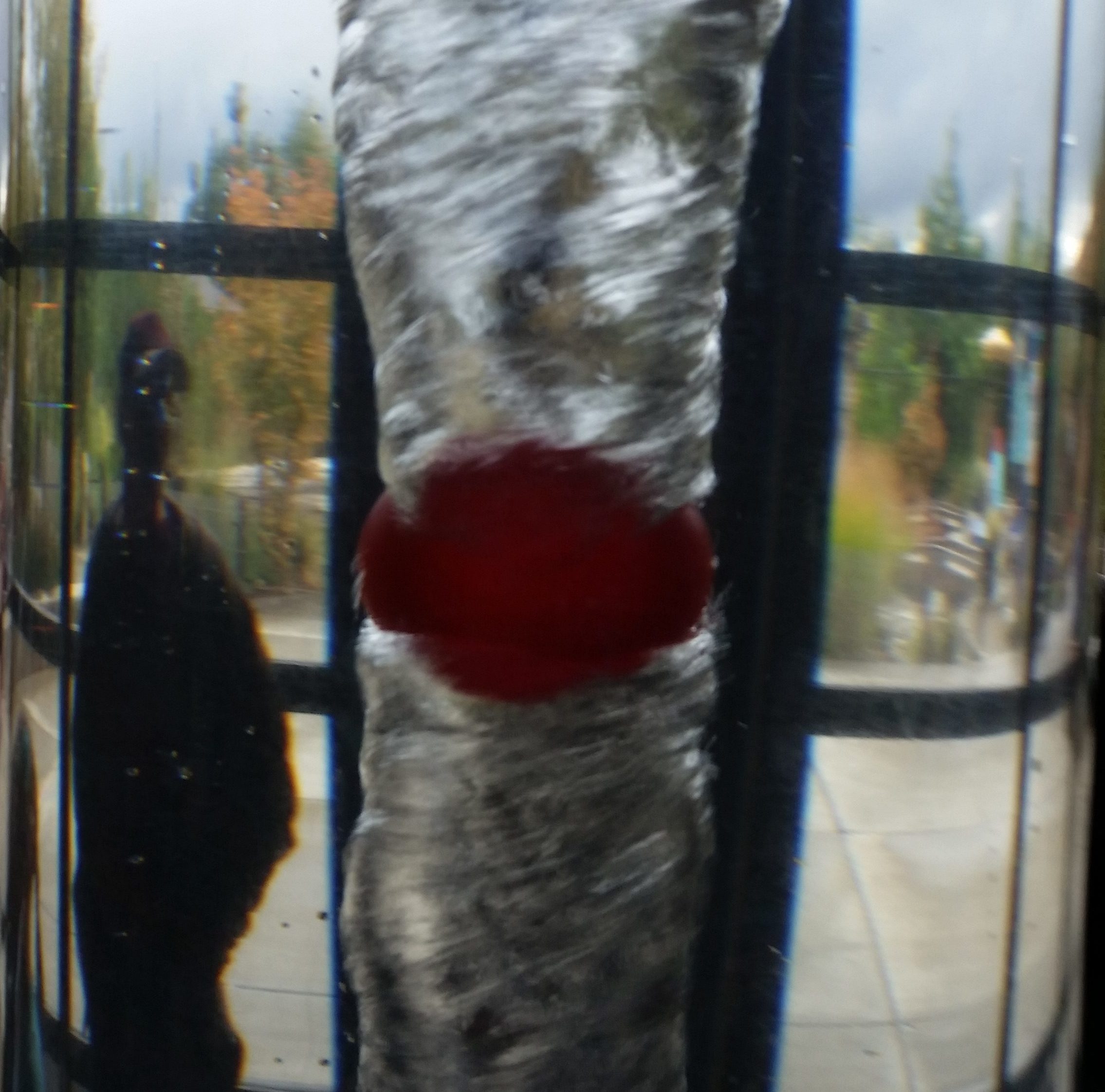Trading Places and Ways
jacob.leachmanMark Twain is widely considered one of the most intelligent Americans in history, but a more accurate description may be one of the most empathetic Americans in History. His first historical fiction novel, “The Prince and the Pauper” tells the story of two similar looking young boys of very different social class who trade places. This is an early example of relational empathy communicated in a way the masses could understand. The novel was later adapted for the 1983 movie “Trading Places” featuring Eddie Murphy and Dan Aykroyd. The now classic story is one of many examples of how, even if magically, we … » More …


